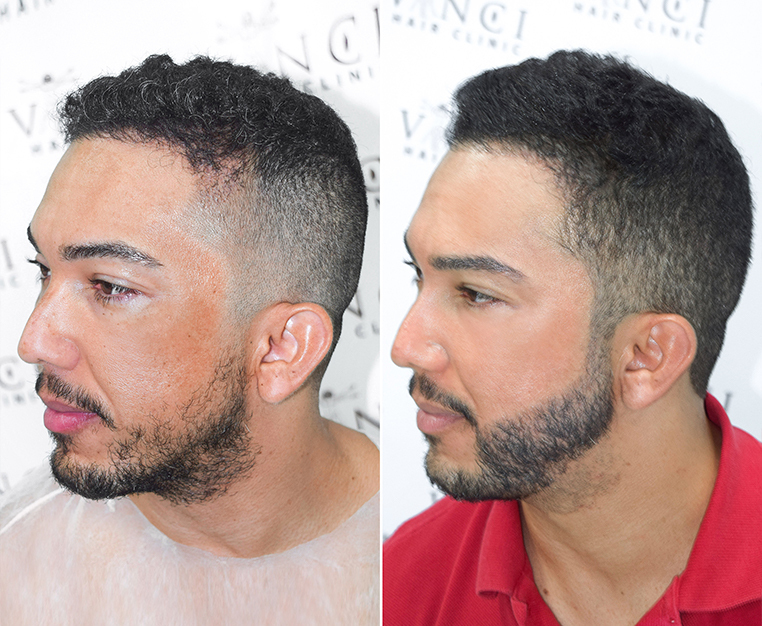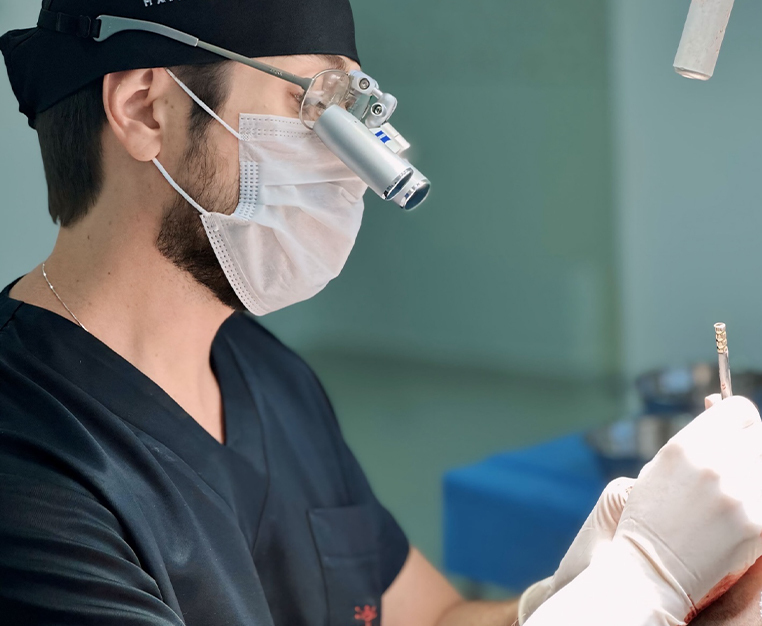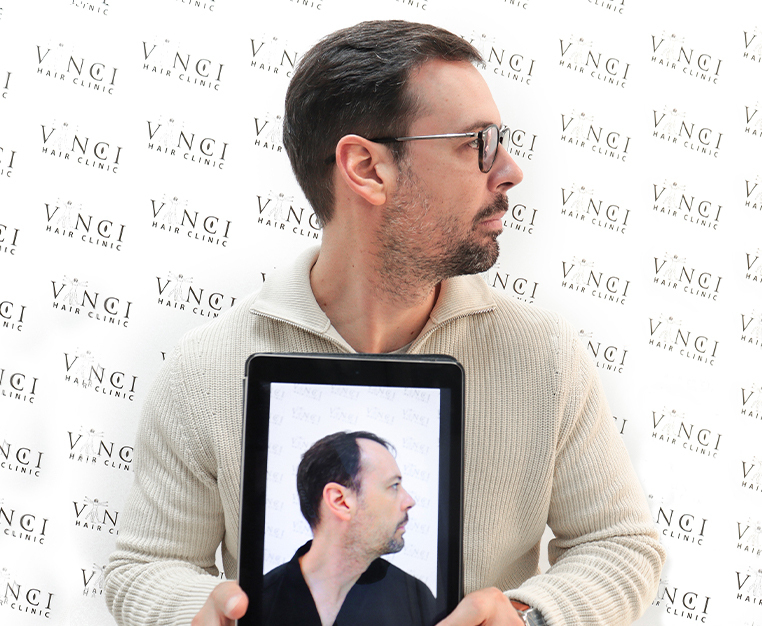New research coming out of the North Carolina State University claims to have unlocked a new formula for hair regeneration and reversing hair loss. According to a publication in the peer-reviewed Science Advances Journal, this solution offers more effective and permanent results than any currently available treatments.
There is a difference between hair loss and shedding. Shedding occurs in everyone, with the average person losing up to 100 strands daily. Hair lost due to shedding normally grows back but hair loss is usually permanent. According to the American Board of Cosmetic Surgery, about 75% of men suffer hair loss by the time they are 35 years old. There are various causes for hair loss in women, from androgenic alopecia and medication to hereditary conditions. Hair loss due to medication or stress usually regrows but hereditary hair loss requires treatment to promote regrowth.
What’s New About This Treatment?
The study’s focus is on the role of the dermal papillae (DP) cells in the growth of hair follicles, which shrink in size from hair loss sites. The researchers believe if they find a way to replenish DP cells at hair loss sites, then there is a chance of promoting regrowth. By using 3-dimensional spheroid environments, the researchers were able to mimic the inside of a hair follicle. Bald mice treated with 3D DP cells achieved 90 per cent hair recovery within 15 days. As a control, a group of mice were given a dose of minoxidil, a leading treatment for hair loss, and only 35 per cent regain fur coverage during the same 15 days.
MicroRNA’s Role in Hair Growth
DP cells will not only affect hair follicles in the injection area but by releasing small vesicles called secretomes, spread their effects wider. Secrotomes are responsible for releasing miRNAs directly associated with hair growth. An increase in the levels of a specific miR-218-5p encourages the function of hair follicles, and the converse is true.
Isolating miRNAs and using them in small-molecule drugs can offer a direct delivery method such as topical creams or lotions. This would be a cost-effective solution compared to growing, expanding, preserving and injecting 3D DP cells making treatments more expensive.
Although the results are still experimental at this stage, there is promise of a potential life-changing hair loss treatment to offer hope to millions around the world.





